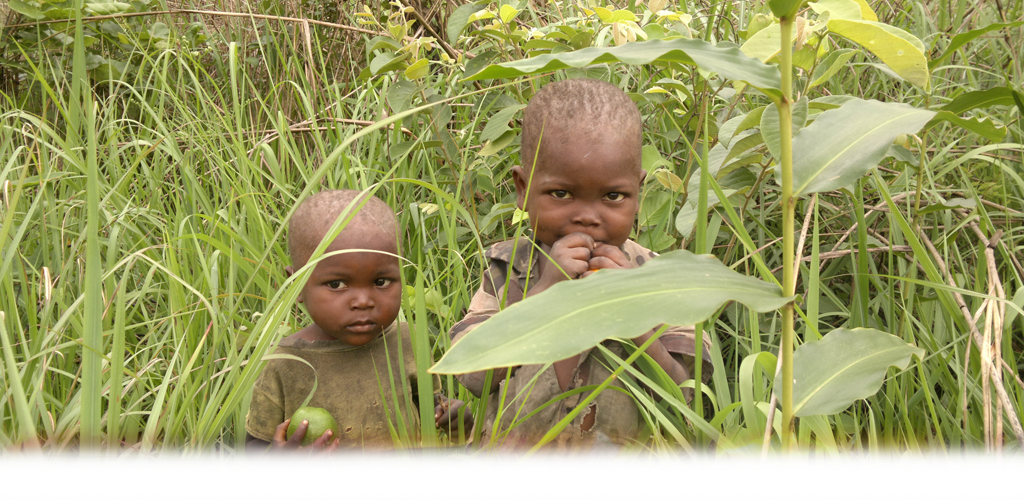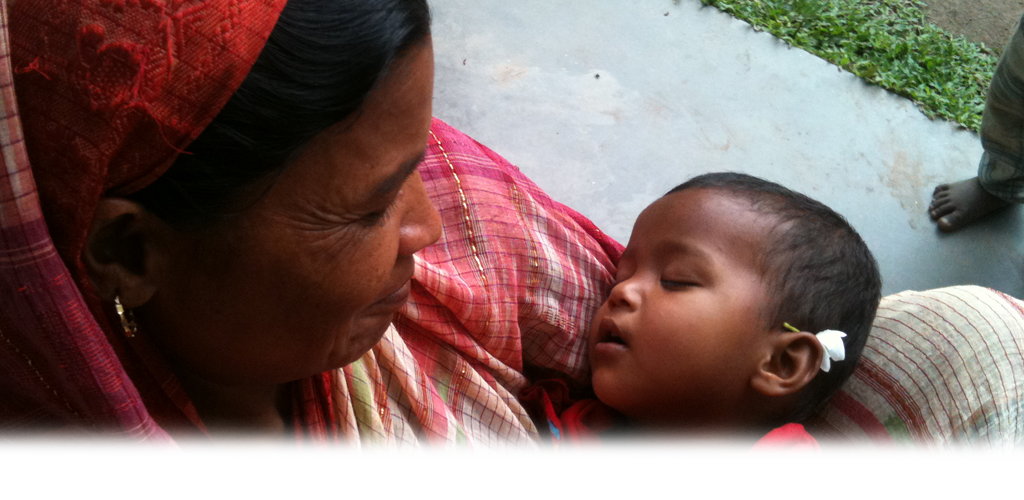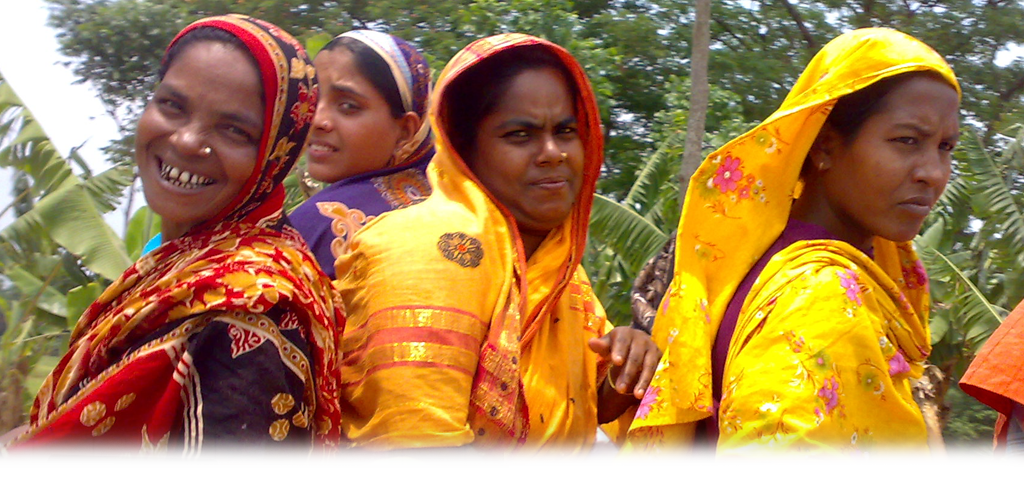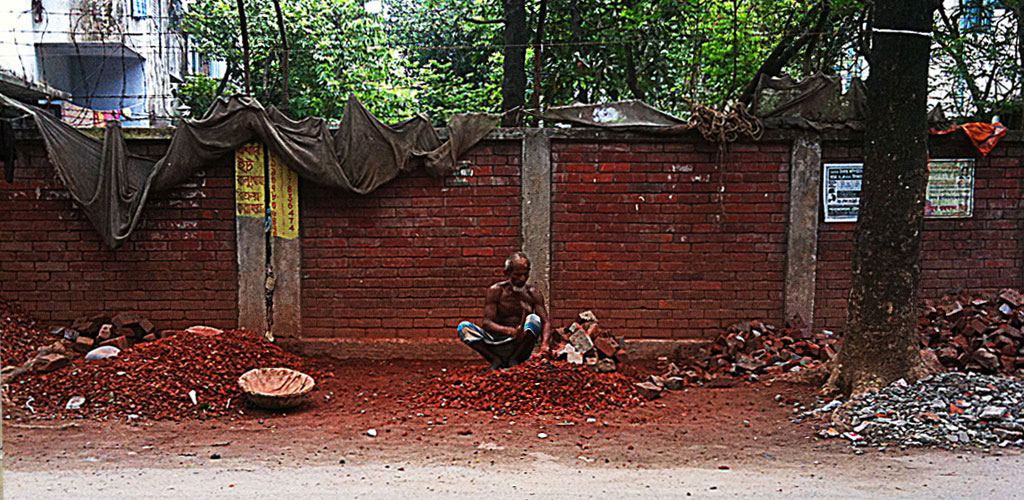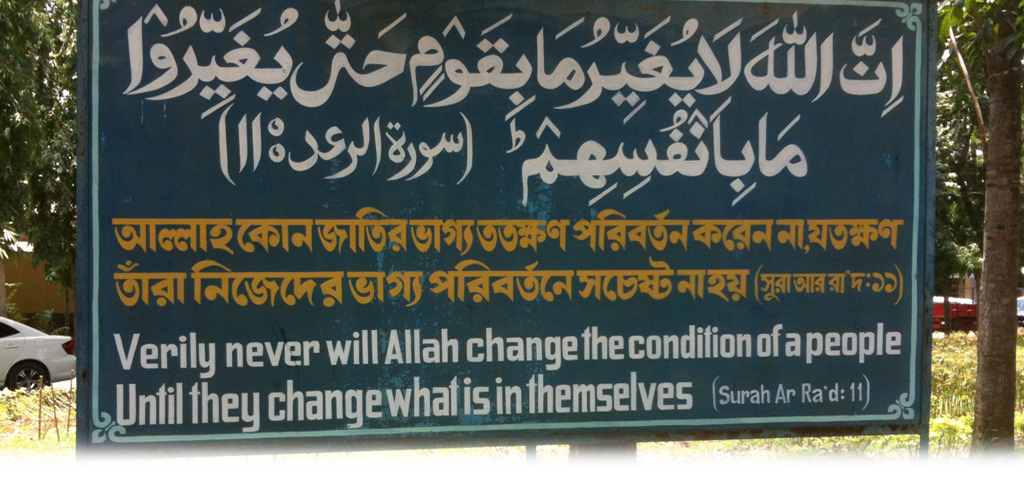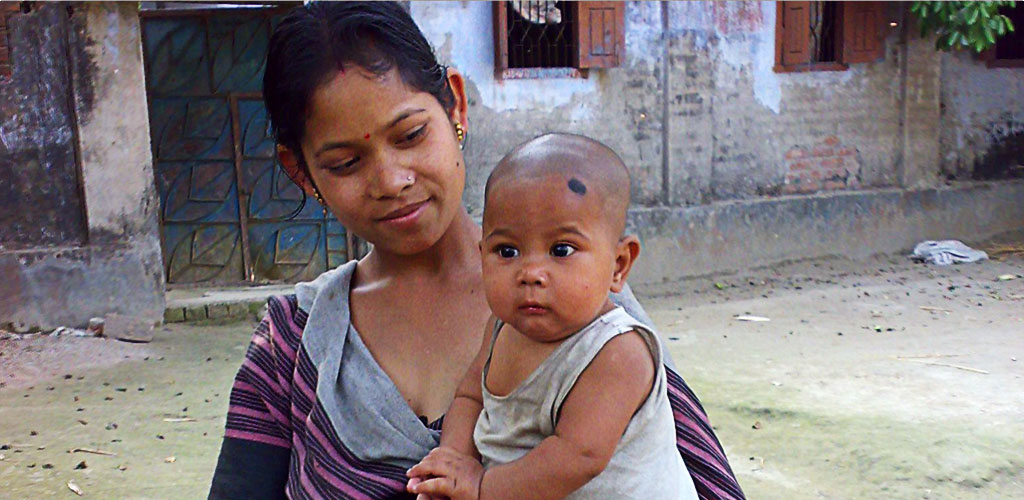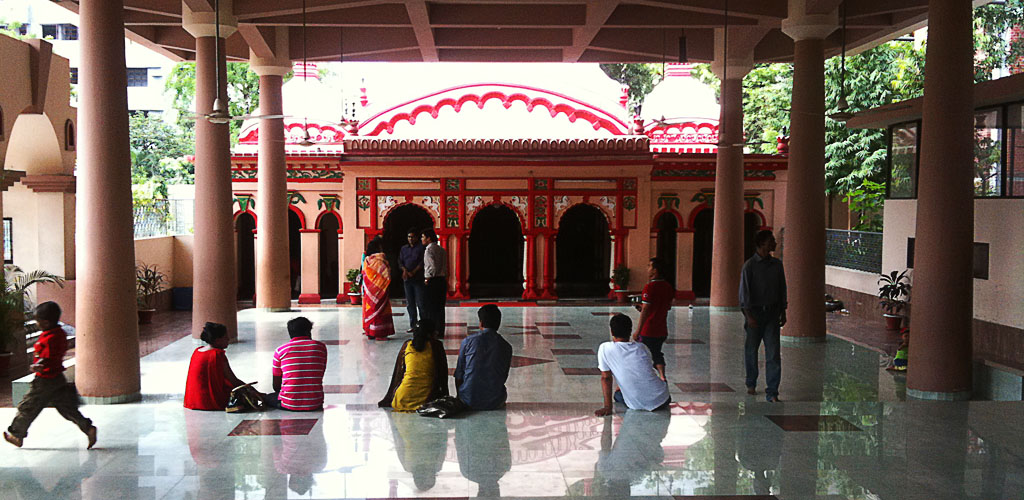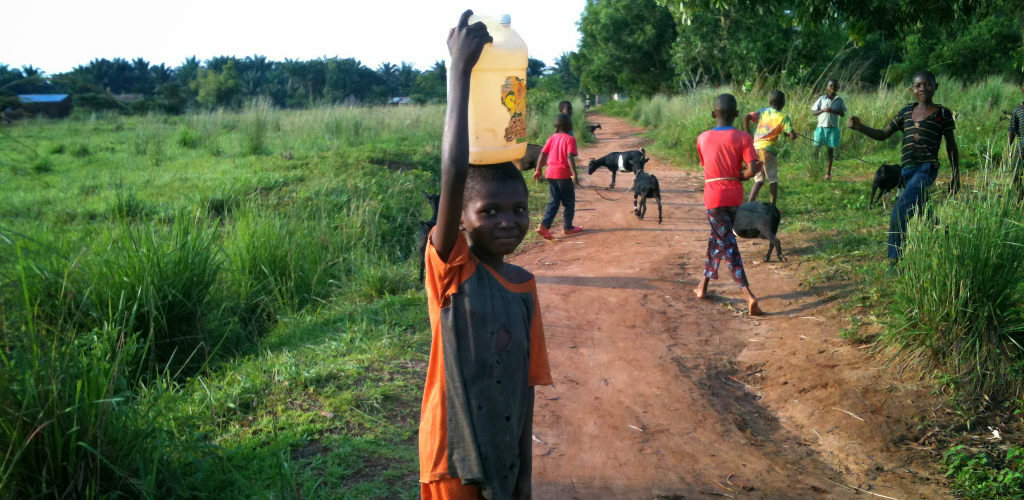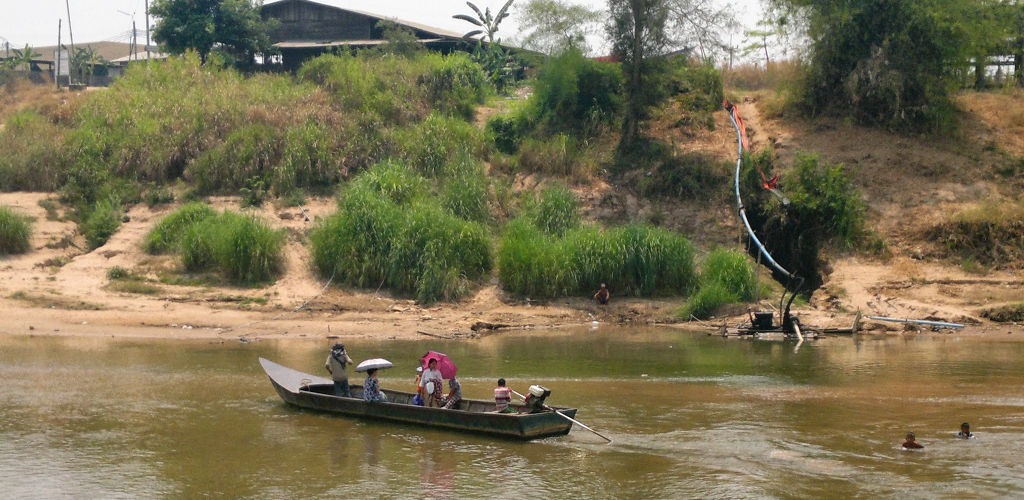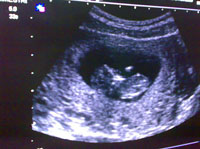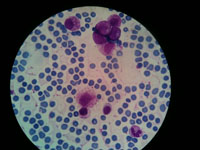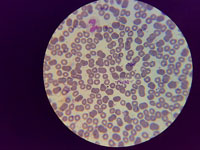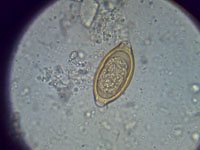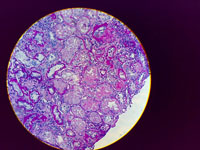

MobileDiagnosis® provide an easy way to get accurate diagnosis using only existing and widespread platforms (MMS) and low cost devices (mobile phone).
We teach by a new, original method
The "MobileDiagnosis Educative Method " is based on a two-phase approach training performed by using structured interviews, didactic tables, m-phones and computers as didactic tools.
Sharing images by m-phone, together with a two-phase educational method :
- phase of relation- with a personal approach to the student
- phase of contextualization-with an approach to local community problems combined with the use of
- logical didactic tables, proved to be a phenomenal learning tool, immediately linked to students’ personal perceptions.
"M-phone impact on practical training" on Springer
MD Goals
Our Goal is to contribute to universal and equitable access to health care.
Purpose
Our purpose is to promote the use of the MobileDiagnosis® method and approach as widely as possible.
MobileDiagnosis® provides an easy way to get accurate diagnosis using only existing locally available technology (mobile-phone) and accessible ICT services (MMS, internet, etc.)
Furthermore this system can be used by everyone even without medical training. MobileDiagnosis® aims at creating a knowledge-centers' network based on the link between community and first level health-workers and more advanced expertise, using available and affordable technology and the progressive training of local workforces (adopting the Training of Trainers approach), also based on the resources and opportunities offered by the Mobilediagnosis® network.
In the countries where MobileDagnosis® will be implemented, this will be done in partnership with local Institutions and NGOs in order to create a network of rural health centers linked to reference centers providing diagnostic support and immediate feed-back. For a second opinion or case discussion, Reference centers will then have the opportunity to link to a global web-based platform (MEDTING) that shares the images worldwide among volunteer specialists providing their consultancy service for free on an agreed schedule (time banking). In addition, the images will be stored for creating of a central database for educational purposes and e-learning.
Sustainability
Sustainability of the system will be sought on a case by case basis. Analyzing the local socio-economical and institutional context. Whenever possible we will propose to our local partners the involvement of international interns who will eventually be asked to contribute also financially to the project to increase its economic sustainability, besides promoting intercultural learning.
Innovation
The MobileDiagnosis Creative Team constantly works on the development of new solutions and applications of the method, focusing on the issues specifically relevant to rural communities in low resources settings and poor areas of the world (diagnostic software, green architectural solutions, open-source interactive on-line education, etc).
In our scenario, the peripheral health center sends a "critical" diagnostic image taken with cell phone by MMS (where's possible) or email to a reference center, that alerts with a sms the on call doctor for his consulence. His answer is sent back by sms. The images then are stored into a web platform, to be visualized from other consultants from all countries (this is a global network of solidarity) for a third opinion and to create an online database. This web platform will also be a tool to share medical knowledge, with an online school and a section for clinical case discussion. This is only a simple rapresentation, and we are working everyday to complete this "architecture", to clarify and overcome the difficulties.
Next Steps
Create partnerships at local level in the rural areas of developing countries and on a global level with NGOs, institutions, and others to build together a common project of rural development and to raise funds to make this projects reality andlaunch the MobileDiagnosis® Global Project, a knowlwdge network
Next step is to ensure that poor and isolated labs and health centers can share their doubts and findings with more privileged centers that may help them to make the right diagnosis, in a pure spirit of solidarity. Digital divide can be overcome with a simple cellphone, without any cost
-
Instructions
Simply place the lens of your integrated mobile-phone camera on the ocular of the microscope and take the picture. Then, send it via text or email.

-
Medical Images
One the greatest advantages of MobileDiagnosis® is its versatility, here are some examples.
to confirm diagnosis from:
A diagnostic help, consulence, second opinion is the main way to give a correct diagnosis. In the same way, students can easily examinate specimen, and discuss about diagnosis simply taking a picture of the microscopic field (or dermatologic field, or others). This method, affordable, easy and not related to internet network, can easily reach all target in all settings, health posts, health centers, etc. Rural community students can learn the method easily and don't need a long training.
We are thinking Ethic
As the Universal Declaration of Human Rights states: "All human beings are born free and equal in dignity and rights, are endowed with reason and conscience, and should act towards one another in a spirit of brotherhood."
(Universal Declaration of Human Rights, Article 1)
We respect person's fundamental human rights, with which each person is endowed. Recognize that all people are born free and equal in dignity.
We are sensitive to values, religions, traditions, and culture of the communities we serve.
Our Association is transparent.
Our basic financial information, governance structure, activities, and listing of officers and partnerships are open and accessible to public scrutiny and MobileDiagnosis® makes the effort to inform the public about its work and the origin and use of its resources.
We are Non Profit.
Our organization maintains independence and it's not aligned or affiliated with any political party, although it may share a common political or legislative cause within the limit of its mission, stated objectives and legal structure.
Voluntary values and principles.
Our actvity results from the voluntary actions of individuals who have chosen to pursue a shared interest or concern. The retaining of voluntary values and principles shall remain a primary force in the way of our work. In order to accomplish its mission and objectives, the organization needs contributions from volunteers. These may include both the target group and supporters.
Governance
Read our charter.
We Think Green
Our code of conduct
Working for the communities to have better life conditions by improving local environmental contexts.
Saving Paper:
Recycling of paper, glass and plastic. Our choice has consequences: 9,000 Kg of paper, newspapers and magazines is equal to save more than 150 trees and cutting CO2 gas emissions (-11,770 Kg of CO2 gas emission);
Recycling:
Introduction of a recycling system for waste materials such as glass, plastic and batteries.
We always use a recycling bin for unclassified used white paper (first re-using if possible) and a newspaper bin for old newspapers. Returning used printer cartridges to Distribution Section (Management) for recycling.
Education to Recycle: We are encouraging and educating people to segregate and dispose waste responsibly.
Saving Energy:
Reduction in energy and water consumption:
We always switch off unnecessary lights and electrical appliances. boil only the water you need in the kettle. We turn off PC monitors at night. All printers and stand-alone PCs can be are switched off when not in use.
Travelling for work:
We work and plan the meetings through phone calls and organize video conferencing facilities for meetings with colleagues in all places of the world
Using technology appropriately and consciously:
Our Mission, idea, goal is to educate the local health workers about the use of an affordable, local sustainable technology
Using mobile for sending image, saving the cost of expensive teletransmission systems and in addition reducing the waste disposable of additional desktops, laptops, monitors, printers and other multi-functional devices
We work for ensuring that ICT equipment and software applications are used as efficiently as possible, in order to save costs and energy.
